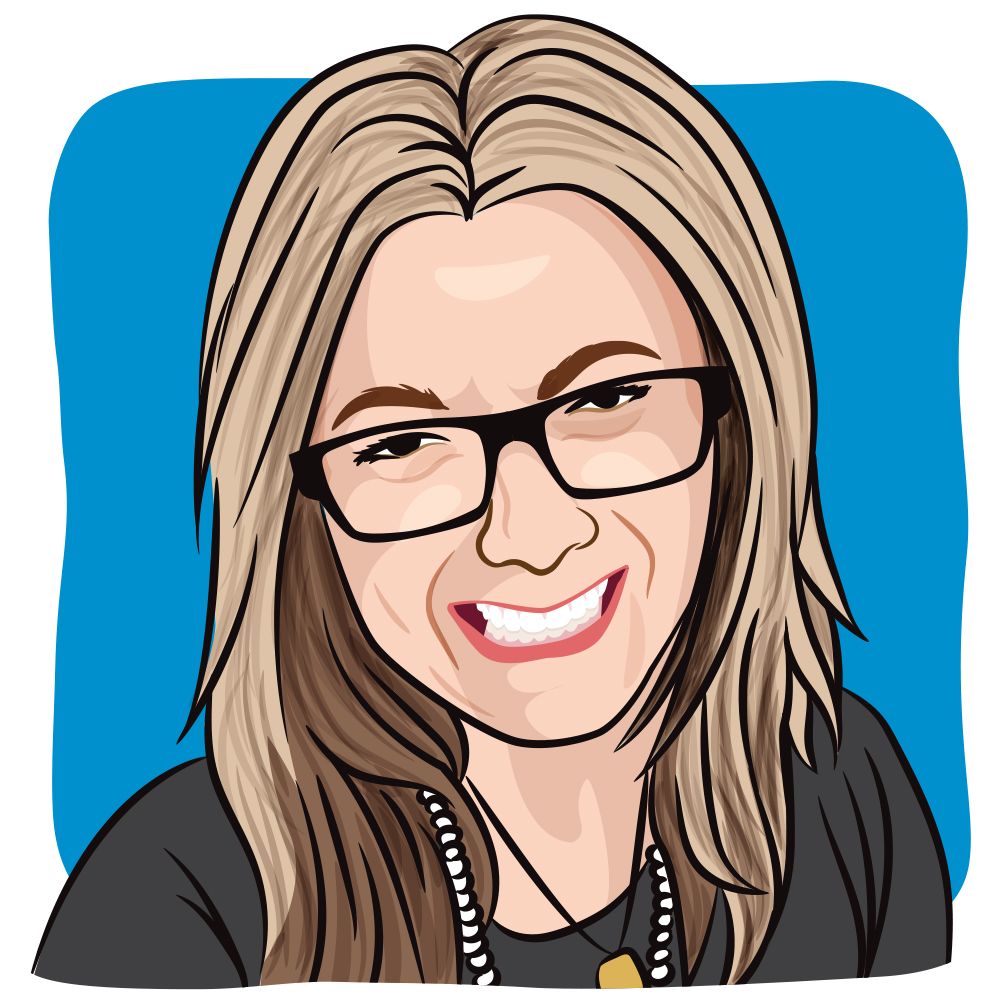Blog
Article
The Importance of Having a Cancer Community
Author(s):
Being a part of the cancer community means meeting new people, forming personal friendships and fostering those connections for others.

I have written before about the importance of community among those of us with cancer. A sense of belonging, of “sameness,” of understanding by virtue of shared circumstances. Many of us have had the experience of trying to explain something about an aspect of cancer to a friend or loved one and being wholly unsuccessful in that attempt. Trying to communicate the particular challenges of having a serious illness like cancer to someone who has not faced this is a very frustrating and exhausting exercise at times. Sometimes you really do have to go through an experience personally in order to truly “get it.”
I have been the volunteer state leader for a group of young breast cancer survivors for the past four years. I discovered great solace in this group when I was going through my breast cancer experience, and it was so valuable to me that I decided to pay it forward and ultimately take over organization and leadership for the group. It is in this capacity that I have found some incredibly fulfilling experiences.
For instance, during one recent support meeting, we had two new members join us. Both of them were in their thirties, and both had stage 4 breast cancer. As so many of us can attest, it is unusual to find someone close to our age with cancer (hence the purpose of the group specifically designed for young survivors), and even more unusual to find someone with metastatic cancer. One had just been diagnosed de novo (first occurrence of cancer), and the other had been living with metastatic disease for almost two years. Both of them were feeling terrified, isolated and misunderstood, silently struggling. Neither of them knew anyone else in their circumstances. As is typical for these support meetings, we started out by sharing our own stories with the group and then opening it up for questions, opportunities to vent, cry or reflect as necessary. When these two women, who were previously strangers to one another, realized that they shared a connection that so many other people will (fortunately) never have, it was like a weight had been lifted from them. To see them huddling together after the meeting, eagerly exchanging phone numbers, was utterly heartwarming, even if it also came with a bit of heartache.
Now these two women had someone else who could realistically empathize with their experiences, and a built-in support system in times of need. This is the importance of a cancer community.
With the advent of technology, virtual connectedness is now available at the tap of a screen. Online connection via social media groups, blogs and vlogs, Zoom meetings, informational and support webinars are easily accessible, and these are vital components of providing cancer support. However, there is still something about having a real-life human connection which is a crucial element, a tool which helps us learn how to cope and calm the rising tide of chaos and fear that we know all too well. Fostering these connections is the very reason why the cancer community exists — and will continue to provide a space for support and understanding for those who need it most.
For more news on cancer updates, research and education, don’t forget to subscribe to CURE®’s newsletters here.




